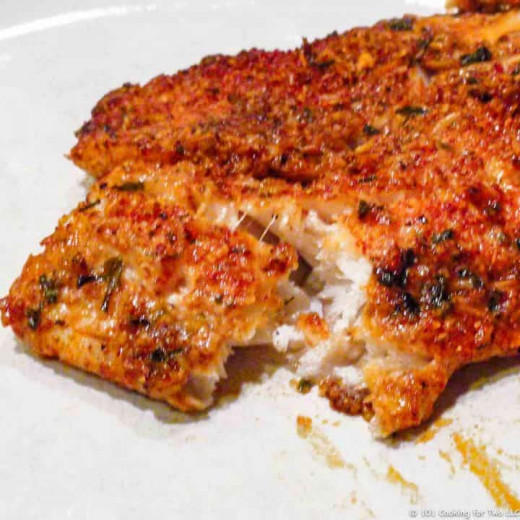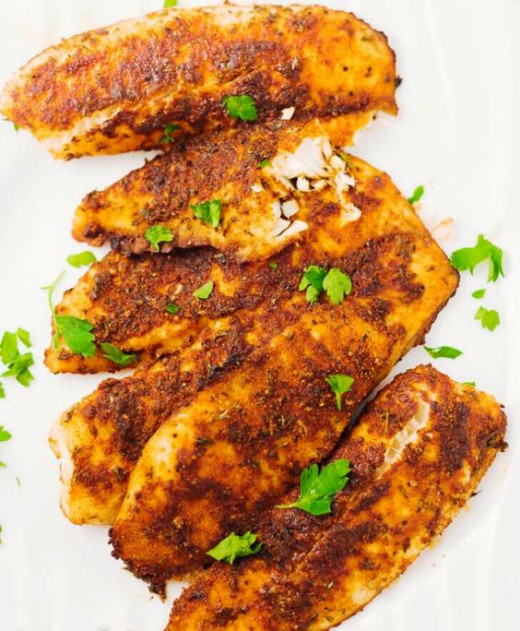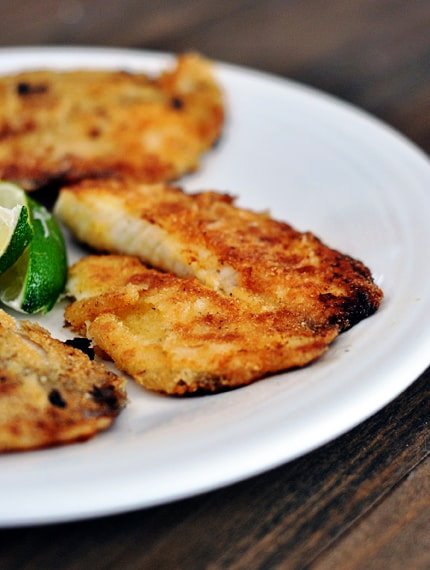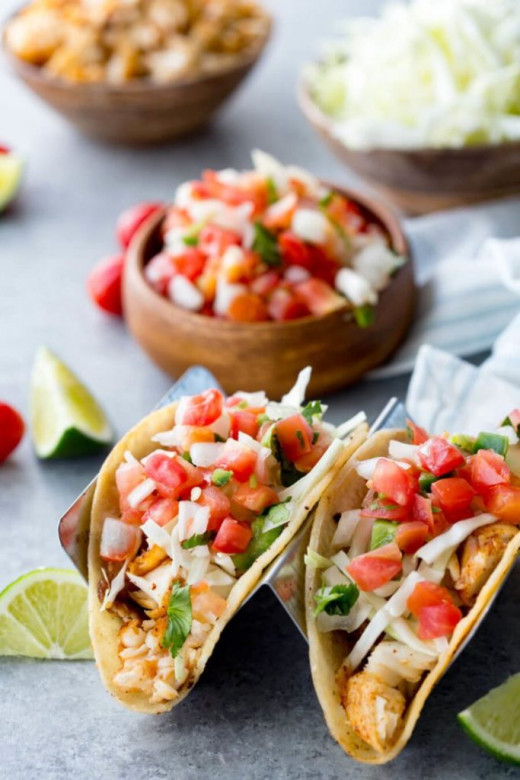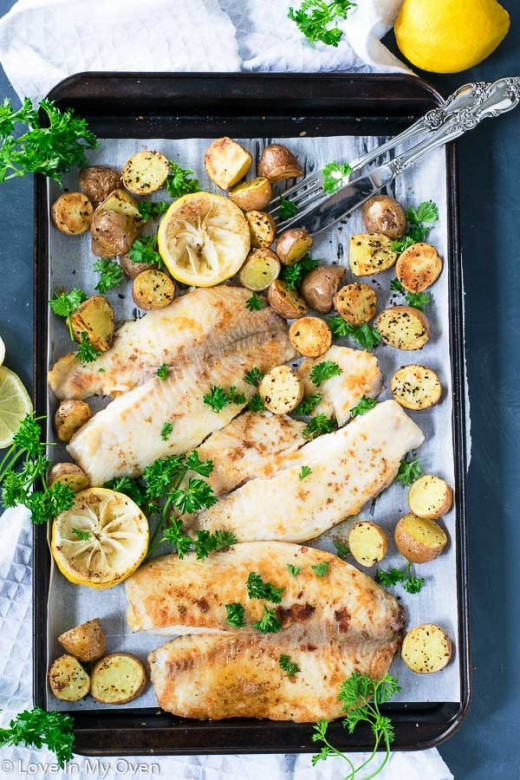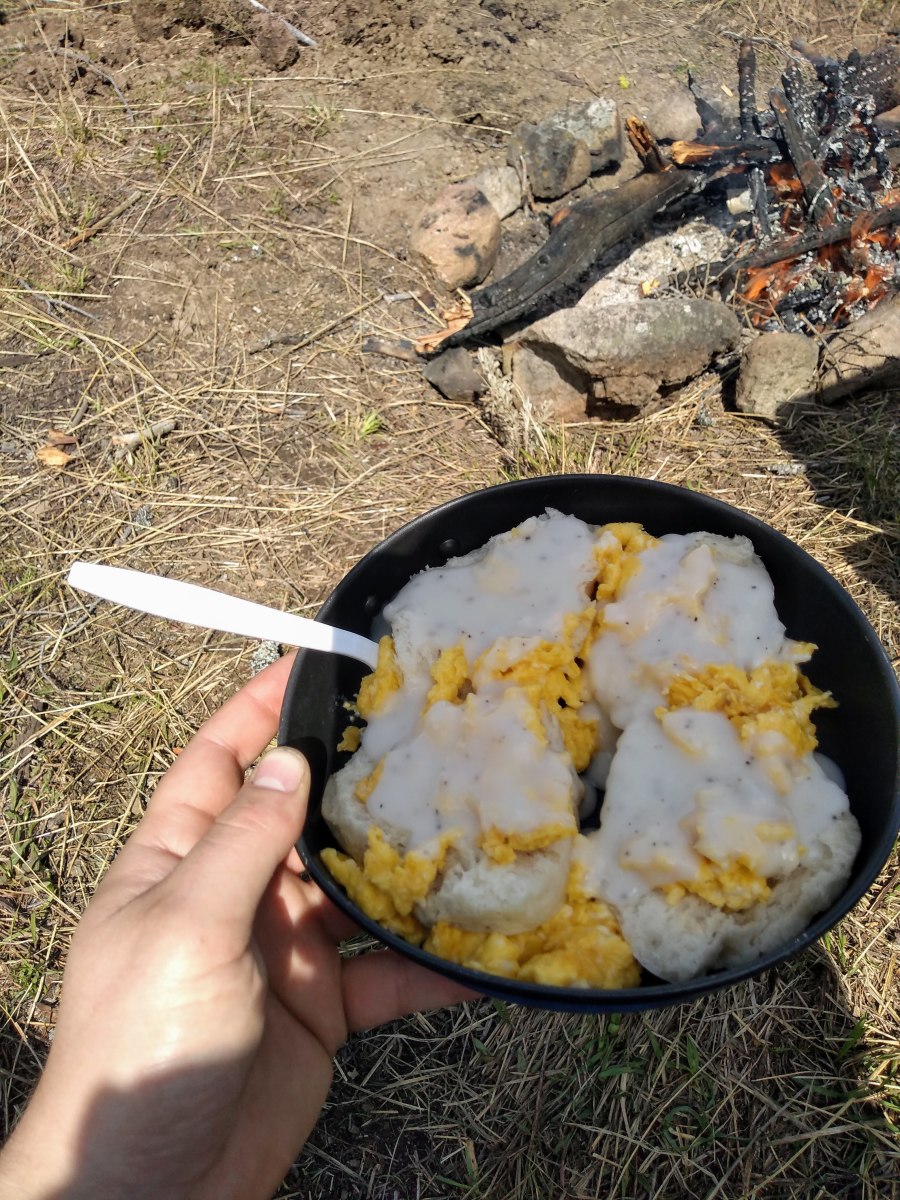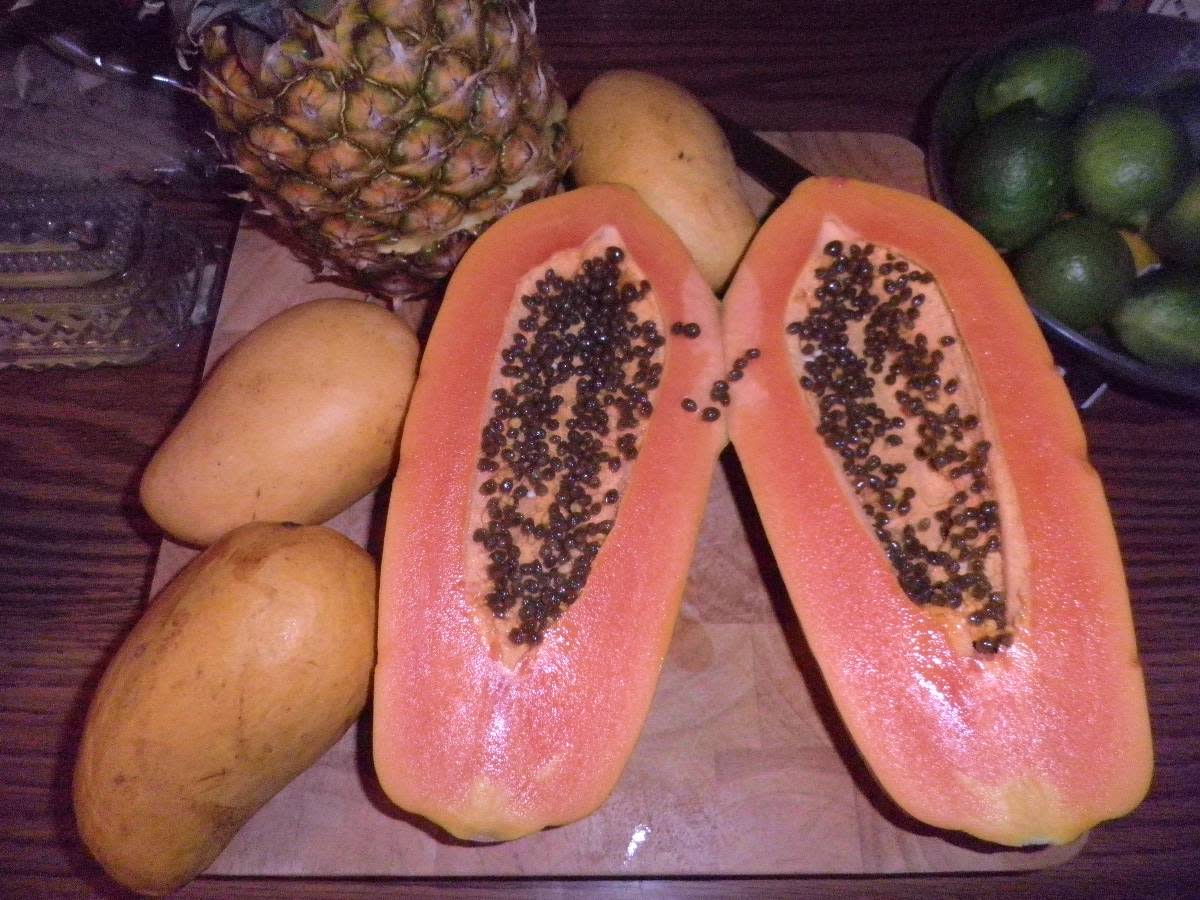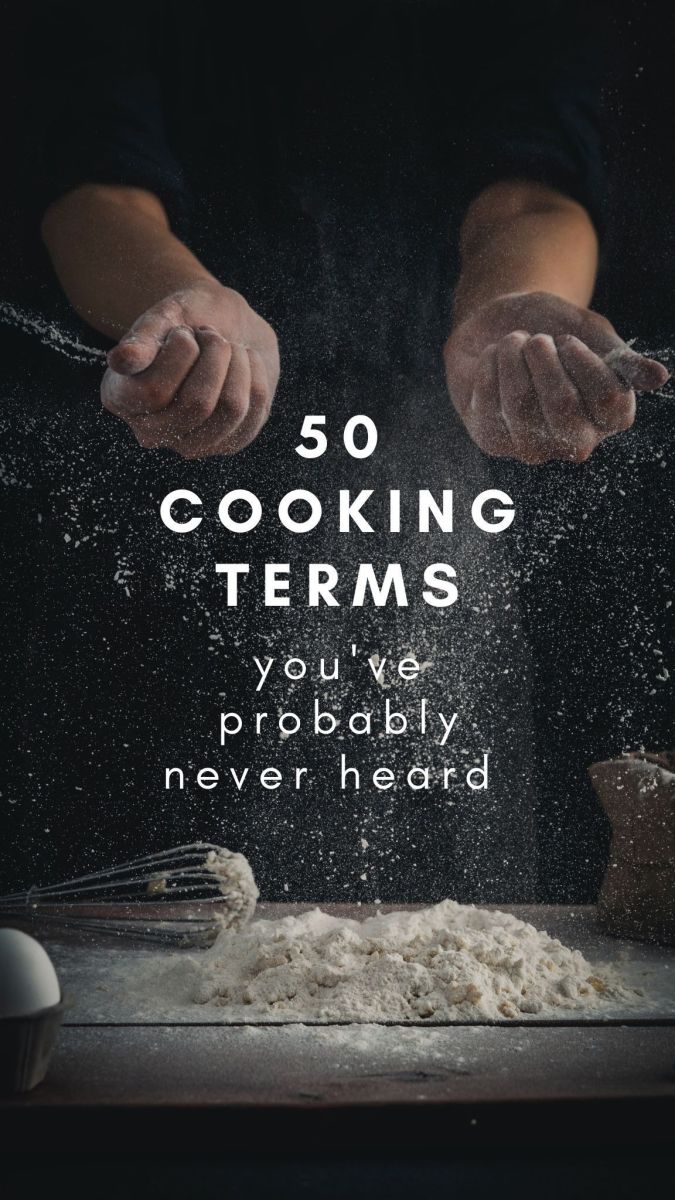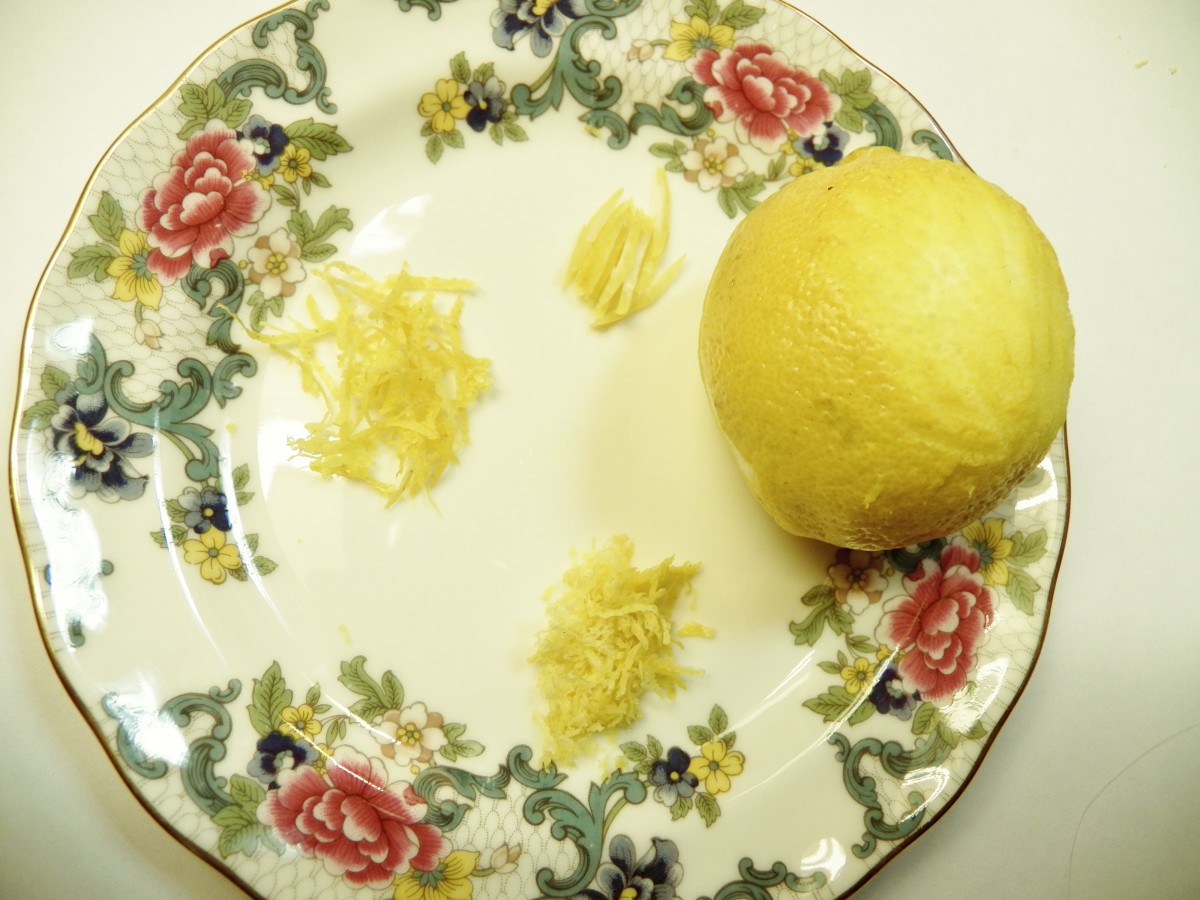Ask Carb Diva: Questions & Answers About Food, Recipes, & Cooking, #152
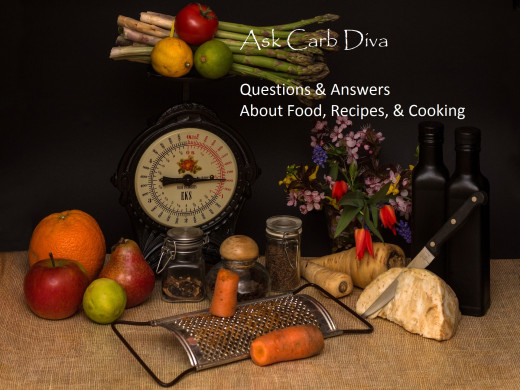
What Were We Doing?
Just one year ago I wrote installment #100 of this series. My, how time flies when you're having fun. So (I asked myself), what was the topic one year ago. Thank goodness for computers I was able to quickly find the answer to that fascinating question. It was all about the Rule of Threes:
"omne trium perfectum" (Everything that comes in threes is perfect, every set of three is complete).
The Rule of 3: It's a tenet of advertising, a comedic device, a literary tactic, a key to influential speeches, a method of statistical analysis, and a guideline for photographic composition. Have you considered how it might be applied to the food you eat? Let me introduce you to Michael Pollan.
For more than thirty years, Michael Pollan has been writing books and articles about the places where nature and culture intersect: on our plates, in our farms and gardens, and in our minds. He is a teacher and writer. His most recent book is How to Change Your Mind: What the New Science of Psychedelics Teaches Us About Consciousness, Dying, Addiction, Depression, and Transcendence.
He is the author of seven other books including Cooked, Food Rules, In Defense of Food, The Omnivore’s Dilemma, and The Botany of Desire. All of these were New York Times Bestsellers. Pollan teaches writing in the English department at Harvard and at UC Berkeley’s Graduate School of Journalism, where he has been the John S. and James, L. Knight Professor of Journalism since 2003.
Several of his books have been adapted for television: a series based on Cooked (2015) is streaming on Netflix and both The Botany of Desire and In Defense of Food premiered on PBS. In 2010 Time Magazine named Pollan one of the 100 most influential people in the world.
Why am I telling you this? Michael Pollan is a learned man; he knows how to write, he writes well, he knows food, and he is a valuable resource for a common-sense approach to eating and living. His Rule of 3 for eating is so beautiful in its simplicity:
- Eat food
- Not too much
- Mostly plants
Eat food. You're probably thinking "well, what else would I eat?" Processed food isn't food, it's chemicals. Check the labels, skip the packed processed stuff. Get real and eat real.
Not too much. Three months ago I was depressed, I was tired, I was hungry all of the time, and I was indulging my every whim. I'm the master of rationalization . . . and on June 1 I weighed as much as I did 36 years ago when I was in my 42nd week of pregnancy (no, that's not a typo). So I knew in my heart of hearts that I needed to make some changes in my eating and in my life. This isn't a diet, it's a life change, and I have not one moment of regret. I'm happy, I feel better, and I can wear skinny jeans that sat in my drawer for 10 years. If I can do it, you can do it.
Mostly plants. This isn't a vegetarian thing, or even a save the planet thing. Plants are your best and purest source of vitamins, minerals, and fiber. Start with one meal and after a week ask yourself if you feel better, lighter, freer. In the words of Eve Adamson of the Stronger Together Coop:
"Just do a little better than you did yesterday. It’s not so hard when you recognize that you don’t have to be perfect. Michael Pollan doesn’t expect you to be perfect, and he’s not judging you. He can't even see you. I promise. Just try to eat as much real food as you can, and try not to eat too much of it, and try to eat mostly plants. It’s easier than you think and the more you do it, the easier it gets."
Today with so much concern about our health and well-being, these words seem even more appropriate today.
I'm Ready, How About You?
Let's get started with today's mailbox. If you're an old friend, you already know how this works. But, if this is your first visit, let me introduce you to my kitchen.
Each week I receive questions about food ingredients, cooking or baking terms or methods, requests for recipes, and queries about nutrition. Just about anything food-related has been covered here.
I'm sharing this past week's questions and my responses; it happens every Monday. Want to join in the fun? You can leave your question in the comments below, and next week the answer will be right here. It's that easy.
Food Packaging Tricks and/or "You're Doing It Wrong"
Two weeks ago I wrote about MSG (monosodium glutamate). That prompted this question/comment from Mary Wickison:
"On the same thread of Asian cooking, I have a bottle of soy sauce that has two holes in the lid. After shooting a goodly amount down the back of my cooker, I Googled why it had two holes. Lo and behold I should have used my finger over one hole to control the flow out the other. Which leads me to my question. Have you got any food packaging or products that you've thought 'Wow, that's a great idea!' Or, like myself, couldn't figure out its intended use?"
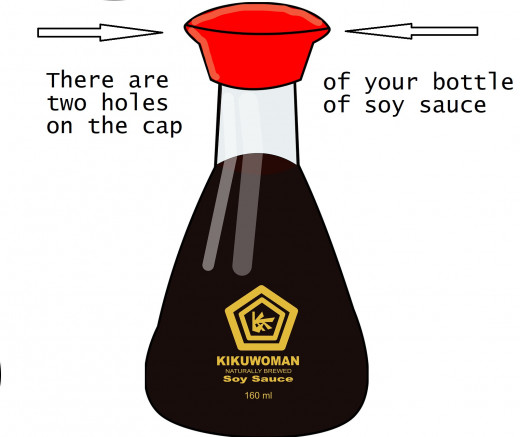
Mary, I had never heard of that soy sauce bottle trick. So I did a Google search and found this video.
Mind blown!
So, what other things have I been using wrong all these years? Turns out there are quite a few. Did you know that:
- Your Chinese take-out box can be opened up to create a shallow bowl/plate. That makes it a lot easier to eat or share family-style with a friend.
- The paper condiment cups at fast-food places can be enlarged. Simply pull on the pleats to widen the cup.
- Peel a banana from the opposite end (not the stem end) to eliminate the interior "strings."
- Most pasta spoons have a hole in the middle. It's the correct size for measuring out one serving of uncooked spaghetti.
- Hold a beer bottle from the neck so that your hands don't warm the beer. Ditto for the stem of a wine glass.
- And, then finally these two regarding bread tags and pouring milk from a carton.

Pairing Wine With Food—Are the French Right?
"I guess food pairing is also a little like choosing a drink to go with the food - it depends on what works well together. The French are good at that. I think because they have become so famous for their cuisine, culinary expertise and wonderful wines, that they have established a basis of knowledge on that score.
There's an age-old argument here that you should drink the wine you prefer rather than sticking to the French premise that 'full-bodied wine goes with beef', white wine with fish, approach. The thing is, if they've tried and tested all the mixtures then it's all been done for us, hasn't it? What do you think, Linda? I'd be interested in your approach to this argument."
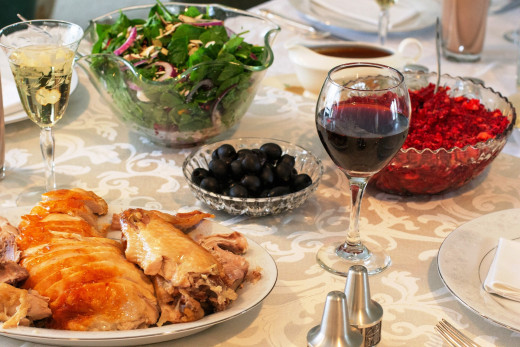
Ann, I think I could write an entire article on this topic, but I'll try to keep it brief. I don't always adhere to the "red with beef, white with fish" rule, but there is a bit of logic to it. Here's why.
- Match strength to strength. If you are serving a delicate filet of sole you don't want to pair it with a bold Chardonnay. Likewise, if your meal is a boldly flavored red pasta sauce or roast pork, or a savory beef stew a pale red Burgundy would be lost.
- What is the star of the show? Consider whether you want to show off that stellar dish that you spent all day cooking, or are you dazzling your guests with a 20-year old bottle or amazing new find? Most of us cannot concentrate on two things at once.
- Focus on similarities. A buttery sole meunière would taste wonderful with an equally "buttery" Chardonnay.
- Or let's complicate it and focus on opposites. But there's another philosophy. Consider an oily fish (salmon comes to mind). A tart, crisp white wine would refresh the palate.
- Could the secret be in the sauce? I'm sorry to do this to you, but sometimes the sauce totally changes the meal. Fish with a creamy dill sauce is different from the same fish with lobster sauce.
So where are we? Clear as a corked wine? There have been countless charts prepared to explain precisely what wine pairs best with specific foods. I'll do a bit more research and put together a guide for you and my readers in the next few weeks.
Please Explain Biscuits and Gravy
"Linda, can you please educate this ignorant Aussie on what exactly is “biscuits and gravy” that I see mentioned everywhere American? “Biscuits” to us are “cookies” to you good people, and “gravy” is something your pour over meat dishes.
Am I right to think that “biscuits” in America are the equivalent to what we call “scones?” If so, we would never consider putting “gravy” on them. With scones we usually have butter, or jam (your jelly) and cream. Though I like butter and Vegemite on mine LOL."

John, you're absolutely right. When you say biscuit, you're referring to a crisp cookie. When Americans say biscuit, they're speaking of a quick bread (risen by baking soda and/or baking powder instead of yeast), very much like your English scone.
You're puzzling over why we would take a perfectly good breakfast (or teatime) bread and cover it with a meat-based sauce. Well, here's the sad answer. Years ago meat was scarce but tummies were rumbly. To stretch a meager portion of meat to satisfy a large hungry family, many resorted to making gravy (with bits of meat) and pouring it over biscuits. The biscuits/scones would sop up the gravy and become a filling (although not very nutritious) meal.
Times have changed but we hold onto those traditions. Biscuits and gravy is still a "comfort food" for many of us here in the States. In the Carb Diva home, we usually have biscuits with our stew (the savory pot of meat, gravy, potatoes, carrots, and peas).
Tilapia Recipes
"Got any suggestions for Tilapia preparation?"
Bill, did you know that some Bible scholars believe that the two fish that fed the 5,000 were tilapia? Whether or not you believe that Jesus was tossing tilapia, they still feed the multitudes, even in the 21st century. In 2014, Americans ate 475 million pounds of this once-obscure African fish, four times more than a decade ago, making tilapia the most popular farmed fish consumed in the United States. But, most of the harvest comes from pens or cages in Latin America and Asia. At the Aquafinca Fish Farm on Lake Yojoa, tens of thousands of tilapia are hauled out of cages every day, filleted, and shipped by airplane to the United States, often appearing in restaurants within 12 hours.
Known in the food business as “aquatic chicken” because it breeds easily and tastes bland, tilapia is the perfect factory fish; it happily eats pellets made largely of corn and soy and gains weight rapidly, easily converting a diet that resembles chicken feed into low-cost seafood.
The American Heart Association recommends eating fish twice each week, but some scientists question the nutritional value of tilapia and point to several environmental concerns.
Compared with other fish, farmed tilapia contains relatively small amounts of beneficial omega-3 fatty acids, the fish oils that are the main reasons doctors recommend eating fish frequently (salmon has more than 10 times the amount of tilapia.) Also, farmed tilapia contains a less healthy mix of fatty acids because the fish are fed corn and soy instead of lake plants and algae, the diet of wild tilapia.
“It may look like fish and taste like fish but does not have the benefits — it may be detrimental,” said Dr. Floyd Chilton, a professor of physiology and pharmacology at Wake Forest Baptist Medical Center who specializes in fish lipids (fats).
Environmentalists express concern for damage to the ecosystem. In South America and Asia, tilapia farmers often employ operating methods that would never be allowed in the United States. Defenders of tilapia aquaculture point out that this growing industry is improving standards and regulations. The Aquaculture Stewardship Council has developed an inspection program for tilapia farming. Those farms that participate, and pass, will then receive labels identifying their products as “responsibly farmed.”
OK, sorry for the side note. I can't stop spouting history lessons. You asked for recipes.





Oven-Baked
Lemon-Garlic Butter Tilapia: My recipe is pretty basic, but gives tilapia lots of flavor. Preheat oven to 400 degrees F. Place tilapia filets on a parchment-paper-lined rimmed baking sheet. Melt 5 tablespoons of butter. Stir in a teaspoon of minced garlic and 2 tablespoons of lemon juice. Drizzle over the fish. Bake for about 10 minutes.
Oven-Baked Parmesan Crusted Tilapia: Just as easy as the first one, but baked crispy-crunchy.
Oven-Baked Blackened Tilapia: A bit of cajun seasoning on your fish.
Stove-Top
Honey-Lime Tilapia: Marinate fish filets for at least an hour (and up to 4 hours); just a few minutes in the pan and dinner's ready.
Tilapia Fish Tacos: Bill, you can use up the last of those lovely summer tomatoes on these fish tacos.
Pan-Seared Tilapia with Lemon Butter Sauce: Very similar to my recipe, but cooked on the stove instead of in the oven.
We're Organized
Did you know that there is a Table of Contents for this series? I have created an article that provides a detailed listing of each question I've received. It's broken down by category, and within each category, the questions are listed alphabetically. Each question is actually a hotlink back to the original post.
Here's a link to that Table of Contents.
I have also cataloged all of my personal recipes that I have shared with you in this weekly Q&A series and in all of my other articles as well. The link to that Index is here. There are hotlinks to each recipe and this will be updated as new recipes are shared.

Let's do this again next week. If you have questions about foods, cooking techniques, or nutrition you can ask them here. If you are in search of an old recipe or need ideas on how to improve an existing one I can help you. If you want to learn more, let's do it together. Present your questions, your ideas, your comments below. Or, you can write to me personally at this email address: lindalum52@gmail.com.
And, I promise that there will always be at least one photo of a kitty in every Monday post.
© 2020 Linda Lum

